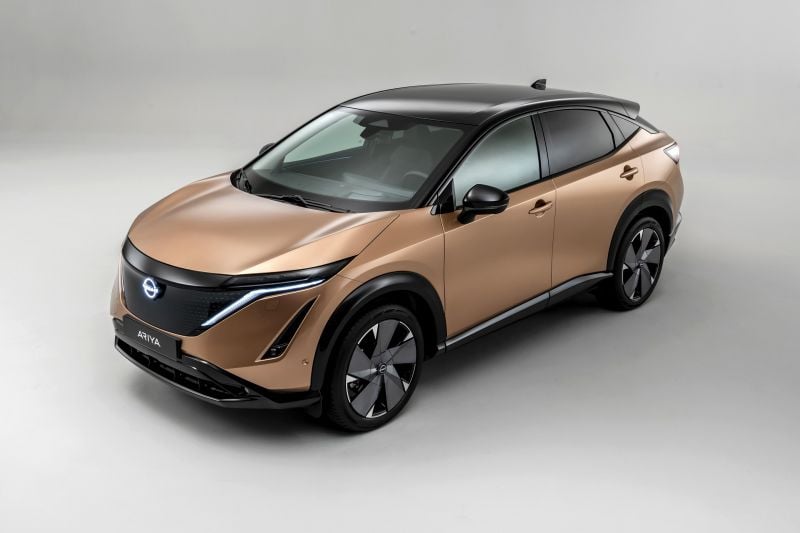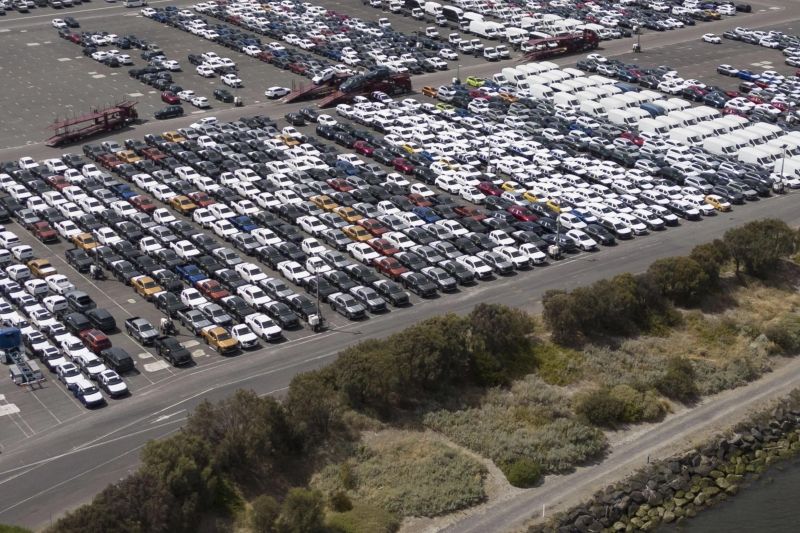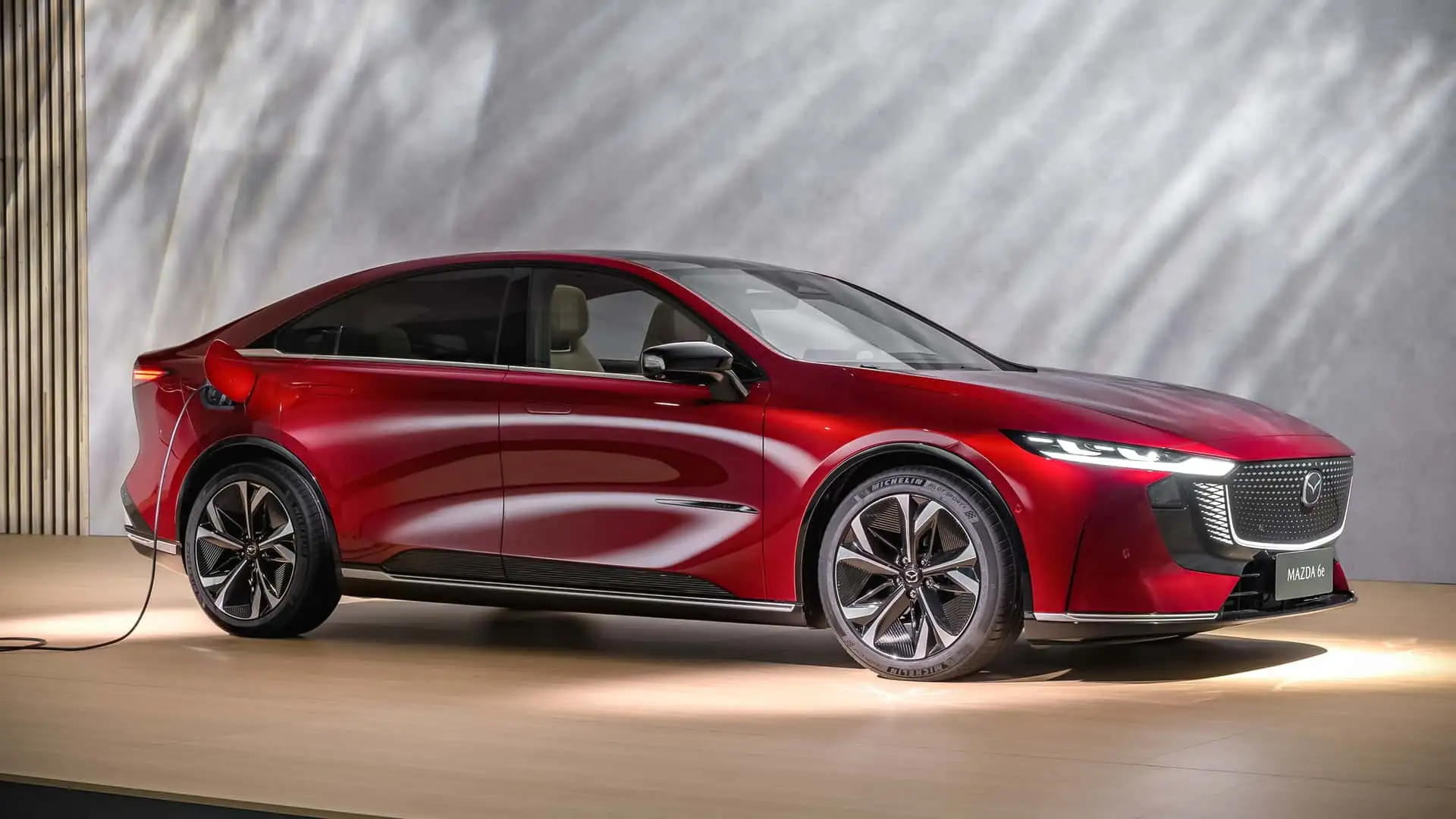The Australian government has initiated an independent review of the country’s Australian Design Rules (ADRs), aiming to streamline regulations that govern the approval process for new car imports. This move comes in response to concerns from car manufacturers that current ADRs are overly complicated and time-consuming, creating unnecessary barriers to market entry.
Dr. Warren Mundy, an expert with experience in leading reviews of national regulations, has been appointed to conduct this review. He will focus on identifying areas where the vehicle approval process could be simplified and improved, particularly for new cars entering the Australian market. His expertise includes conducting previous independent reviews, such as his evaluation of the National Legal Assistance Partnership earlier in 2024, and his roles in organizations like Melbourne Airport.

What Are Australian Design Rules (ADRs)?
Australian Design Rules (ADRs) are a set of national regulations that vehicles must comply with to be legally sold in Australia. These rules cover various aspects of car safety, including lighting, crash protection, and seatbelt standards. While ADRs are vital for maintaining road safety, car manufacturers have raised concerns that some regulations are excessively strict, especially when compared to similar regulations in other countries. These stringent requirements can delay the introduction of new vehicles to the market, increase costs for manufacturers, and limit the variety of vehicles available to consumers.
Key Areas of Focus for the ADR Review
The primary aim of the ADR review is to examine how well Australia’s design rules align with international standards. The review will explore ways to better harmonize ADRs with global regulations, reducing the regulatory burden on car manufacturers while ensuring safety is not compromised.

The government’s review will address several key aspects:
- Aligning ADRs with international standards: The review will look into how ADRs can be better aligned with standards set by the United Nations and other global regulatory bodies. This alignment could make it easier for manufacturers to introduce vehicles that meet international safety and emissions criteria without requiring excessive modifications for the Australian market.
- Reducing regulatory burden: The review aims to identify opportunities to simplify the approval process, reducing both the time and costs associated with vehicle certification. This could potentially lead to faster introductions of new car models to the Australian market.
- Exploring implementation timeframes: Dr. Mundy will examine the appropriate timeframes for implementing ADRs, considering how quickly new standards can be adopted without disrupting the market.
- Harmonizing ADRs with major markets: The review will also explore whether Australia can adopt standards that are already in use in major markets, such as the United States, the European Union, and Japan. This could reduce duplication in the vehicle approval process and make it easier for manufacturers to sell cars in multiple markets simultaneously.

Feedback and Consultation Process
As part of the review, the Australian government is inviting stakeholders, including car manufacturers, industry groups, and the general public, to provide feedback on how the ADR system can be improved. Dr. Mundy is particularly interested in hearing from those who believe the current system creates unnecessary delays or barriers to innovation, particularly when it comes to the introduction of new technologies, including electric vehicles.
Stakeholders are encouraged to submit their feedback on the ADR Harmonisation Review by January 24, 2025. While the review will not focus on changing the content of individual ADRs, it will examine ways to make the overall regulatory environment more efficient and responsive to current industry needs.
Impact on Car Manufacturers and the Market
Many car manufacturers have already expressed support for the ADR review, citing the positive impact it could have on the Australian market’s competitiveness and accessibility to new vehicle models. The Motor Trades Association of Australia (MTAA) has praised the government for commissioning this independent review, which it believes will lead to a more efficient and competitive car market.
One of the primary concerns raised by manufacturers is the lengthy and costly process of gaining approval for new vehicles under the current ADR system. Nissan, for instance, has highlighted how the requirement for top-tether child seat anchor points on second-row seats—mandated by ADR 34/02—has delayed the release of its electric Ariya SUV in Australia. Honda also faced similar issues with the HR-V model, opting to sell a four-seater version in the country rather than incur the cost of retooling the rear-seat anchor point configuration.

Streamlining the Approval Process
Manufacturers argue that reducing the time it takes to homologate a vehicle for the Australian market could bring significant benefits. Nissan, in particular, has called for a reduction in the approval process, suggesting that by aligning Australia’s regulations with those of markets like the UK or Japan, the approval timeline could be reduced from 20 months to just six months. This would make it much easier for manufacturers to introduce new models quickly, benefiting consumers by increasing the availability of the latest vehicles.
Mitsubishi has also called for reforms to the ADR and type approval processes to help meet the New Vehicle Efficiency Standard (NVES) regulations, which come into effect on January 1, 2025. These new standards will impose penalties starting in July 2025, creating additional pressure on manufacturers to streamline the approval process in time for the new legislation.
ADR 85/00: A Barrier to New Vehicle Introductions
One of the most prominent examples of ADR regulations affecting the market is ADR 85/00, which covers pole side impact performance. This regulation has led to several vehicles being discontinued in Australia, even though they are still allowed to be sold in other major markets. For instance, vehicles from Lexus, Mitsubishi, Nissan, and Alpine have been affected by this regulation. In some cases, this has resulted in manufacturers deciding not to introduce certain models to the Australian market due to the cost of complying with local regulations.
The new review could potentially address these issues, especially by harmonizing ADRs with international standards, making it easier for manufacturers to bring vehicles into Australia without the need for costly modifications.

Electric Vehicles and the Need for Regulatory Reform
Another significant issue raised by manufacturers is the impact of ADRs on the adoption of new technologies, particularly electric vehicles (EVs). Many manufacturers argue that the regulatory barriers in place today are hindering the adoption of EVs in Australia, which could delay the country’s transition to a more sustainable future. Aligning Australia’s standards with those of leading EV markets could create a more competitive environment, allowing for a broader range of electric vehicles to be introduced to the Australian market.
Mitsubishi, for example, has called for ADR 69/00, which covers frontal impact protection, to be harmonized with European standards, allowing more vehicles to meet safety requirements without additional costs. Similarly, it has criticized regulations such as ADR 61/03 (the requirement for an Australia-specific VIN label) and ADR 81/02 (which mandates a windscreen-mounted fuel consumption label) as unnecessary obstacles that could be eliminated through harmonization.
Conclusion: A Step Towards a More Competitive Market
The independent ADR review is a critical step toward reducing the regulatory burden for manufacturers and improving the efficiency of the vehicle approval process in Australia. By aligning Australian regulations with international standards, the government hopes to create a more competitive and innovative car market that benefits consumers and supports the adoption of new technologies, including electric vehicles. Manufacturers are hopeful that these changes will result in faster, more affordable access to new vehicles, ultimately leading to a more diverse range of options for Australian consumers.
As the review continues, the government encourages all stakeholders to share their insights and feedback, ensuring that the resulting changes will create a regulatory environment that fosters innovation while maintaining the country’s safety standards.





